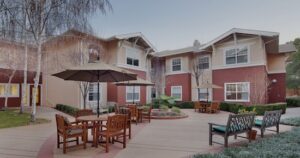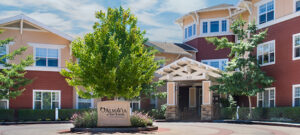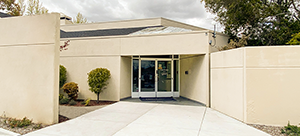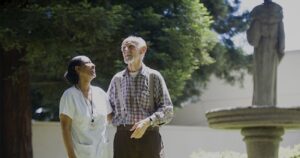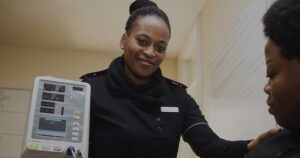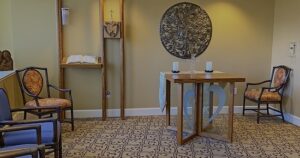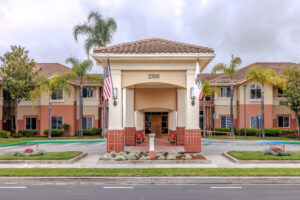Here’s how medical professionals can help older patients find the right assisted living community.
It’s a situation medical providers see all the time. An aging patient’s mobility has declined to the point that she no longer leaves her home. Or someone isn’t getting the nutrition he needs because shopping and cooking have become difficult. Whatever the case, you know that assisted living can help your older patients lead healthier, safer lives.
However, many seniors and their loved ones don’t know how to start their search. Medical professionals can be a key part of the discussion and act as “care navigators” for their older patients, says Tessa Gresko, Sales and Marketing Director at AlmaVia of San Francisco, a Bay Area assisted living community. Here’s how to sort through the options and make the best recommendation for your aging patients.
Why Assisted Living?
The first step is communicating the benefits of senior living to the patient and their family. Elder care communities can offer support with daily tasks, dementia care, rehabilitation services and more. But just as important, they provide older adults with social engagement they might not get living at home. These communities also help older adults stay independent, eat healthier meals, and improve family relationships by relieving loved ones of caregiving duties.
“Doctors realize the struggle loved ones face when starting the conversation about senior living options,” Gresko says. “Some medical professionals take on that responsibility. When the family no longer has to be the caregiver, the tension goes away. They go back to being just a loved one.”
Starting the Conversation with Your Patient
First, ask the patient about her needs and desires, says Glen Goddard, Health Care Administrator at Mercy Retirement & Care Center in Oakland, California. Have a detailed, honest discussion with your senior patients focusing on their self-care. Ask where they are doing well and where they are having challenges. You can also ask for patients’ permission to consult with their spouse or family members.
“It’s a matter of discussing what support can be provided by the assisted living community instead of identifying the patient’s frailties or inabilities,” Goddard says. “It’s rare that a senior says, ‘I want to live in a senior community.’ But once needs are identified, then you can find a community where the senior can thrive and have support.”
Asking questions such as, “How are things going at home?” and “Is there anything you used to like to do that you can no longer manage?” is a good way to start the dialogue. Goddard often hears prospective residents say they have difficulty cooking meals at home or getting out into the community. After gaining those insights, medical professionals can help their patients find an assisted living community with a dining program or a shuttle into town.
Find the Right Elder Care Community
When it comes to senior living, there is no one-size-fits all. Take a close look at nearby communities to see where you feel comfortable referring your patients. “What is paramount is that they feel comfortable and respected and that they receive support that amplifies their ability to engage,” Goddard says. “Dignity is so important.”
Research several communities before making a recommendation to a specific patient. The first thing to look for is what levels of care and services are provided. Then take a closer look at staff credentials, amenities, activities and quality of care. Once you narrow it down to a few communities, stop by for a visit and ask more detailed questions about what they can offer your patients.
“The best thing medical providers can do is let their patients express what they desire, then pair their needs with the right community,” says Goddard.

